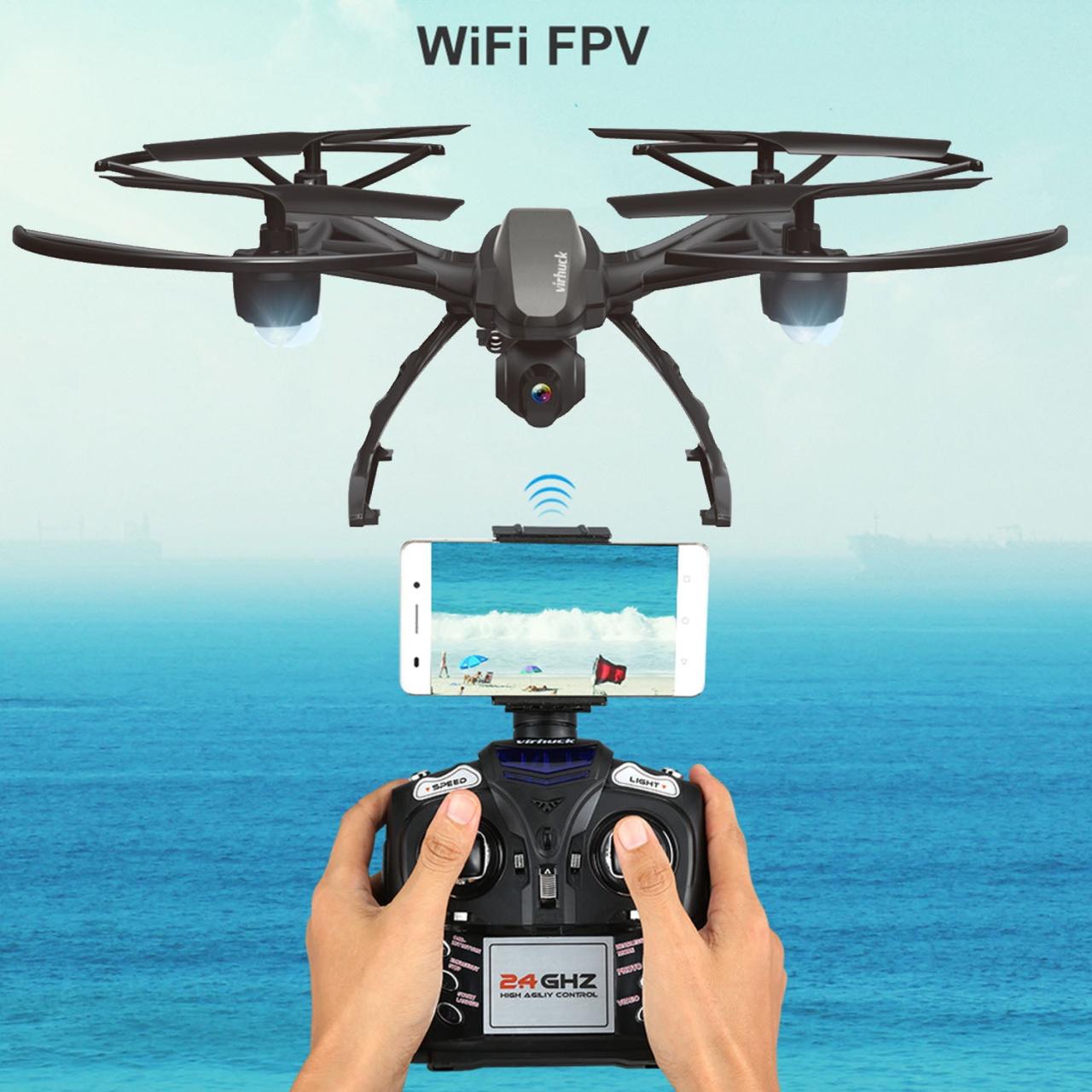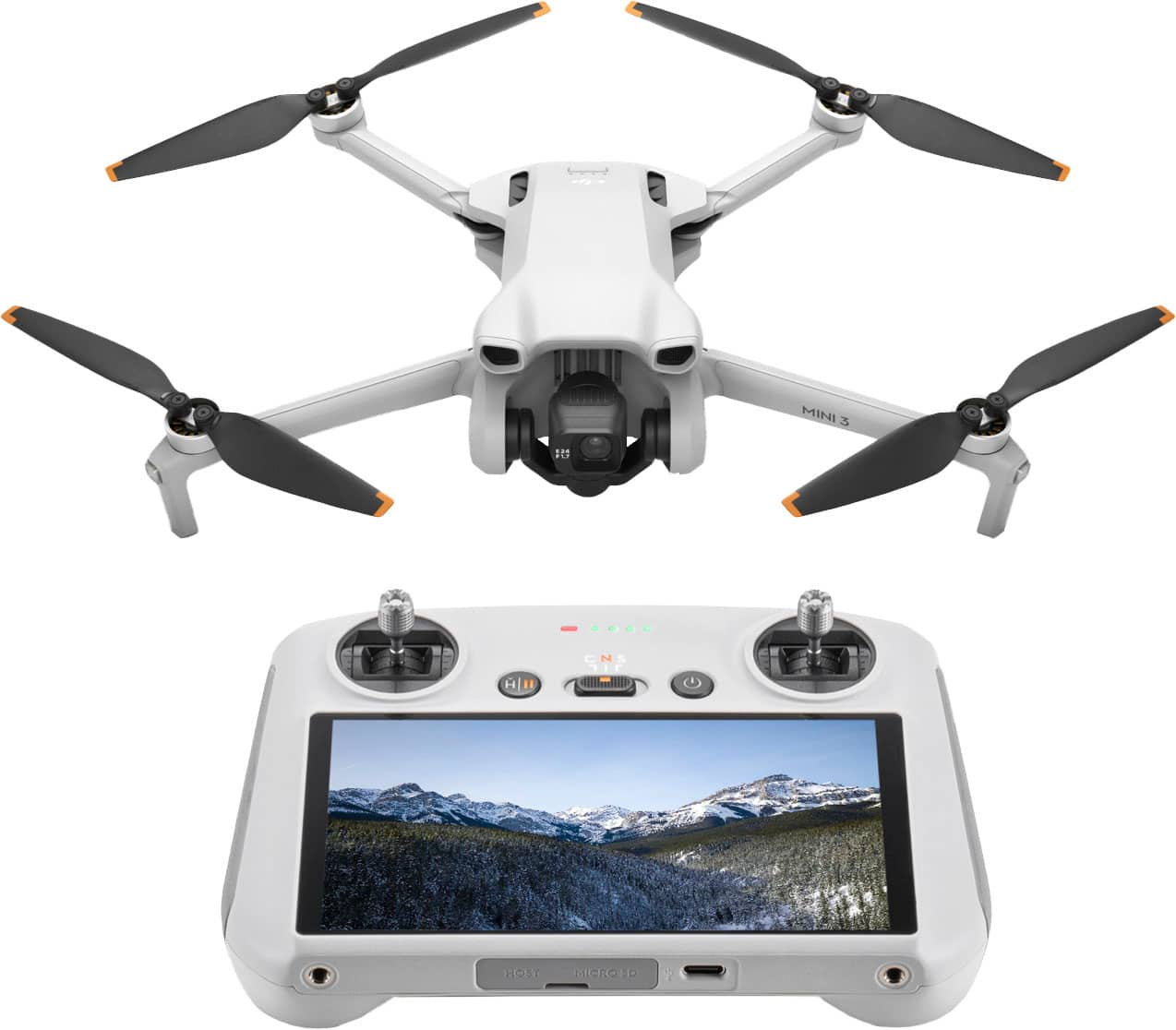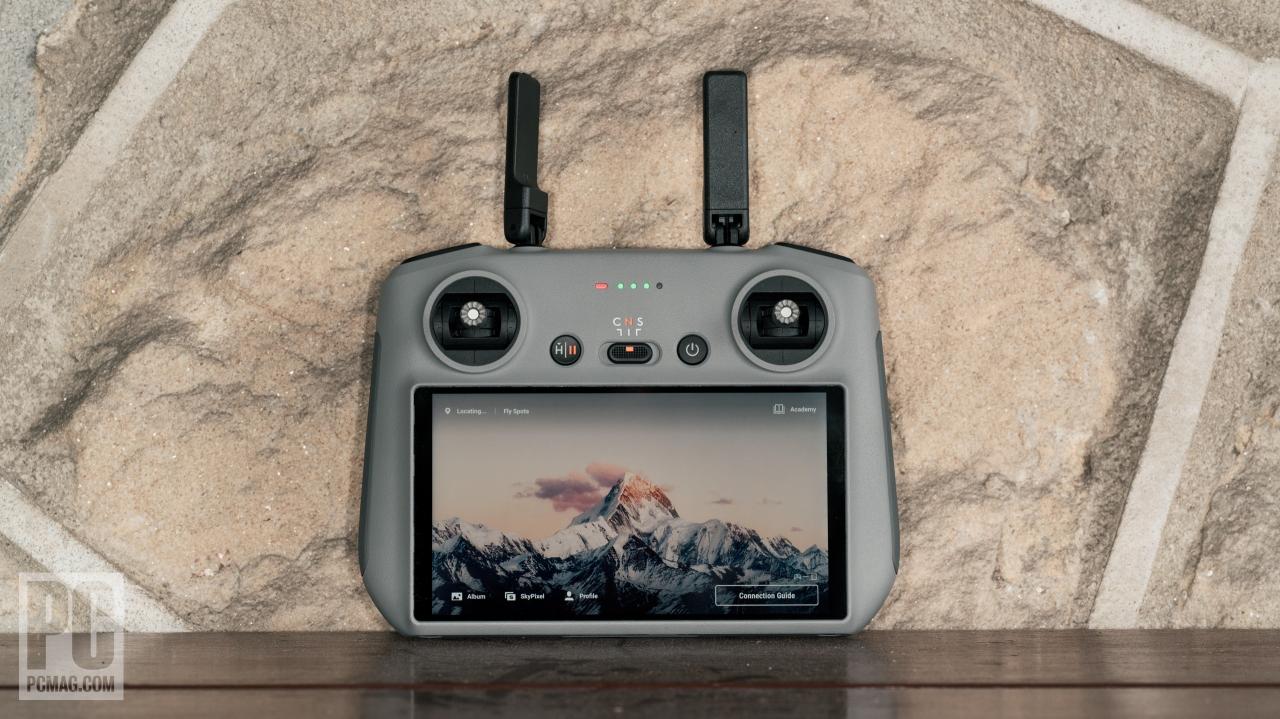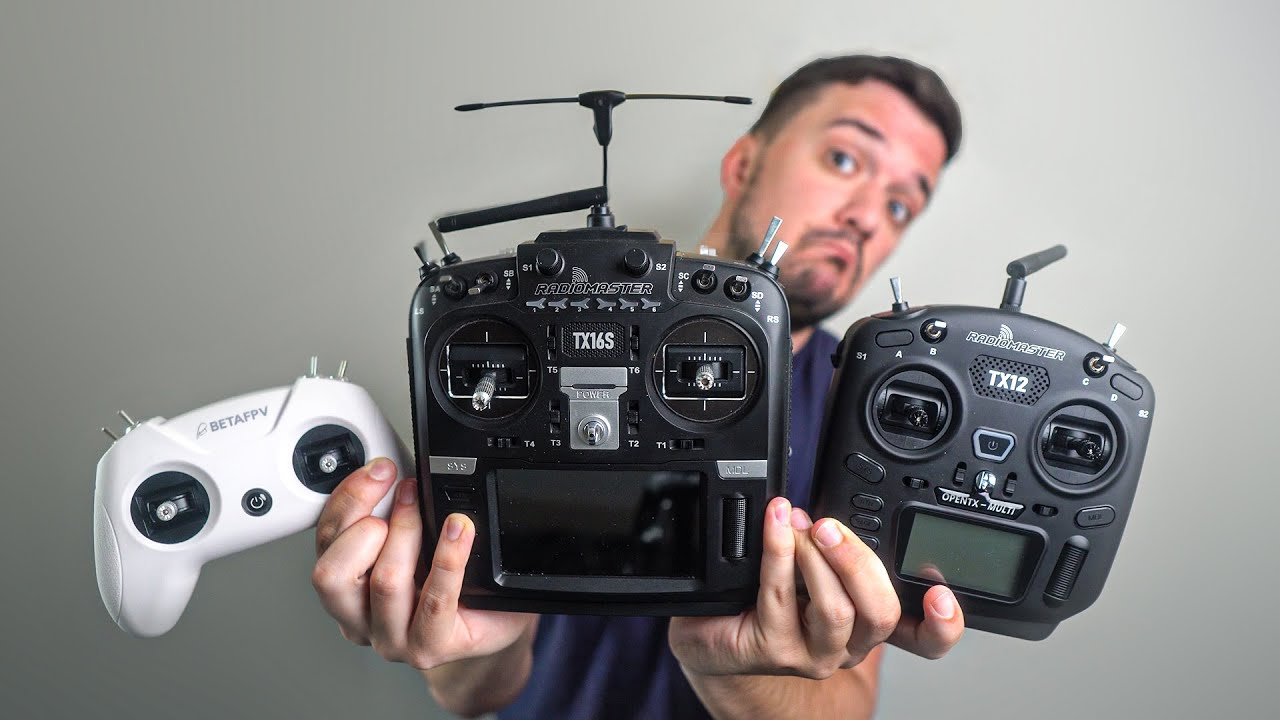Drone remote start: Imagine effortlessly launching your drone from anywhere, anytime. This technology is rapidly evolving, offering incredible potential across various industries, from precision agriculture to emergency response. But with this power comes responsibility – understanding the safety implications, security vulnerabilities, and regulatory landscape is crucial before taking flight. This guide explores the fascinating world of drone remote start, delving into its technical intricacies, practical applications, and future prospects.
We’ll unpack the different technologies enabling remote starts, from cellular and satellite connections to Wi-Fi networks, comparing their reliability, range, and security. We’ll also examine the legal and ethical considerations, analyzing potential safety risks and outlining the regulations governing remote drone activation. This includes discussions on liability and the development of robust security protocols to prevent unauthorized access.
Drone Remote Start: A Comprehensive Overview

Remote drone start capabilities offer exciting possibilities for various industries, but also present unique safety, security, and regulatory challenges. This article delves into the key aspects of remote drone start, covering safety regulations, technological underpinnings, applications, security concerns, and future trends.
Safety and Regulations of Drone Remote Start

Remote drone start introduces potential safety risks that require careful consideration and robust regulatory frameworks. These risks stem from the increased distance between the operator and the drone, potentially leading to loss of control or unintended consequences.
- Potential Safety Risks: Loss of control due to signal interference or malfunction, unintended collisions with obstacles or people, unauthorized access leading to malicious use, and difficulties in immediate response to emergencies.
- Existing and Proposed Regulations: Many countries have regulations regarding drone operation, including requirements for pilot licensing, registration, and operational limitations. These regulations are often being updated to address the specific challenges posed by remote start capabilities, focusing on airspace management and liability.
- Safety Protocols for Different Drone Types and Systems: Safety protocols vary depending on drone size, weight, capabilities, and the remote start system used. Larger drones often require more stringent protocols, including redundant communication systems and emergency landing mechanisms. Different remote start systems may utilize varying levels of encryption and authentication, impacting their overall security and safety.
- Impact of Remote Start on Liability: In case of accidents, determining liability becomes more complex with remote start. The responsibility could fall on the drone operator, the manufacturer of the remote start system, or even the owner of the drone, depending on the specific circumstances and applicable laws. Clear lines of accountability are crucial.
Technological Aspects of Drone Remote Start
Several technologies enable remote drone start, each with its own strengths and weaknesses regarding range, reliability, and security.
So you want to remotely start your drone? It’s pretty cool, right? Getting that perfect shot without even being near the controls requires understanding the tech, and sometimes, even figuring out a tricky word puzzle like finding a 9 letter word starting with “ai” – check out this link for a hint if you’re stuck: 9 letter word starting with ai.
Once you’ve mastered that, you’ll be ready to master the complexities of your drone’s remote start function and take flight!
- Technologies Used: Cellular networks (4G/5G), satellite communication, and Wi-Fi are commonly employed. Cellular offers wide coverage but can be susceptible to signal interruptions. Satellite communication provides the longest range but is often more expensive and has higher latency. Wi-Fi is suitable for shorter ranges but offers high bandwidth and low latency.
- Comparison of Technologies: Cellular offers a good balance between range and cost-effectiveness. Satellite communication excels in range but sacrifices speed and cost. Wi-Fi is best for local, high-bandwidth applications. Security considerations are crucial for all technologies, with encryption and authentication being paramount.
- Communication Protocols: Secure communication protocols such as TLS/SSL and DTLS are essential for protecting data transmitted between the drone and the remote control system. These protocols ensure data integrity and confidentiality.
- Hypothetical Secure System: A secure remote drone start system would incorporate multi-factor authentication, end-to-end encryption, regular security audits, and robust intrusion detection systems. The system should also include mechanisms for fail-safe operation in case of communication disruptions.
Applications and Use Cases of Drone Remote Start
Remote drone start finds applications across diverse industries, offering significant advantages in various scenarios.
So you’re into drone remote start, huh? That’s cool! To really understand the tech behind it, you might want to check out the financial side of things – take a look at the ses stock performance, as satellite tech is crucial for long-range drone control and data transmission. Understanding the investment side can give you insights into the future of drone technology and remote start capabilities.
Several industries benefit from remote drone start. Below is a table summarizing key applications.
| Industry | Application | Benefits | Challenges |
|---|---|---|---|
| Agriculture | Crop monitoring, spraying | Increased efficiency, reduced labor costs, precise application | Signal interference in remote areas, regulatory compliance |
| Surveillance | Border patrol, infrastructure inspection | Enhanced situational awareness, improved safety for personnel | Privacy concerns, potential for misuse |
| Delivery | Package delivery, emergency response | Faster delivery times, improved accessibility in challenging terrains | Security risks, regulatory hurdles |
| Construction | Site surveying, progress monitoring | Detailed data acquisition, enhanced safety | Weather dependency, signal limitations |
Security Concerns and Mitigation Strategies of Drone Remote Start

Remote drone start systems are vulnerable to various security threats, necessitating robust mitigation strategies.
- Potential Security Vulnerabilities: Unauthorized access, data breaches, man-in-the-middle attacks, and denial-of-service attacks are potential threats. Weak encryption or authentication protocols can significantly increase these risks.
- Preventing Unauthorized Access: Strong passwords, multi-factor authentication, and secure communication protocols are essential. Regular software updates and security audits are also crucial.
- Encryption and Authentication Techniques: AES encryption, RSA public-key cryptography, and digital signatures are effective methods for enhancing security. The choice of techniques depends on the specific security requirements and the capabilities of the drone and remote control system.
- Implementing Robust Security Measures: A step-by-step guide might include: (1) choosing strong encryption algorithms, (2) implementing robust authentication mechanisms, (3) regularly updating firmware and software, (4) conducting penetration testing to identify vulnerabilities, (5) establishing secure communication channels, (6) implementing intrusion detection and prevention systems.
Future Trends and Developments in Drone Remote Start

Advancements in technology are poised to significantly impact the future of remote drone start capabilities.
- Emerging Technologies: Integration with AI and machine learning for autonomous operation, improved communication technologies like 6G, and the use of blockchain for secure data management are likely trends.
- Predictions for the Next 5-10 Years: We can expect wider adoption across various industries, improved security measures, more sophisticated autonomous capabilities, and potentially the development of standardized protocols for remote drone operation.
- Societal and Economic Implications: Increased efficiency and productivity across numerous sectors, potential job displacement in certain areas, and the need for updated regulatory frameworks to manage safety and security concerns are all likely implications.
- Projected Growth and Adoption: A hypothetical graph would show an exponential growth curve, starting with slow adoption in the early years, then accelerating rapidly as technology matures and regulatory frameworks are established. The curve would plateau eventually, reaching a level of saturation determined by market demand and technological limitations. The graph would have the x-axis representing time (years) and the y-axis representing the number of remote drone start systems in use.
So you want to start your drone remotely? It’s pretty cool, right? To get you thinking about all the possibilities, maybe try a little word puzzle while you wait for your drone to power up. Check out this site for 11 letter words starting with ai – it might help you brainstorm some creative drone mission names! Once you’ve had your fun, remember to always check your drone’s battery level before initiating a remote start.
End of Discussion
Drone remote start represents a significant leap forward in drone technology, promising increased efficiency and expanded applications. However, realizing its full potential requires a careful balance between technological advancement and responsible implementation. By understanding the safety protocols, security measures, and regulatory frameworks surrounding this technology, we can harness its power while mitigating potential risks. The future of drone remote start is bright, with continuous innovation promising even greater capabilities and broader accessibility in the years to come.
This guide serves as a starting point for your journey into this exciting field.
Helpful Answers: Drone Remote Start
What are the common causes of remote drone start failures?
Common causes include signal interference, low battery power, software glitches, and network connectivity issues. Ensuring a strong signal, fully charged batteries, and updated software are key preventative measures.
How much does a remote drone start system cost?
Costs vary widely depending on the drone model, the sophistication of the remote start system, and the features included. Expect prices ranging from a few hundred to several thousand dollars.
Is remote drone start legal everywhere?
Regulations regarding remote drone operation differ significantly by country and region. Always check local laws and obtain necessary permits before using remote start capabilities.
What is the typical range for remote drone start systems?
Range depends on the communication technology used (e.g., cellular, satellite). Wi-Fi has the shortest range, while satellite offers the greatest, albeit potentially at a higher cost.
